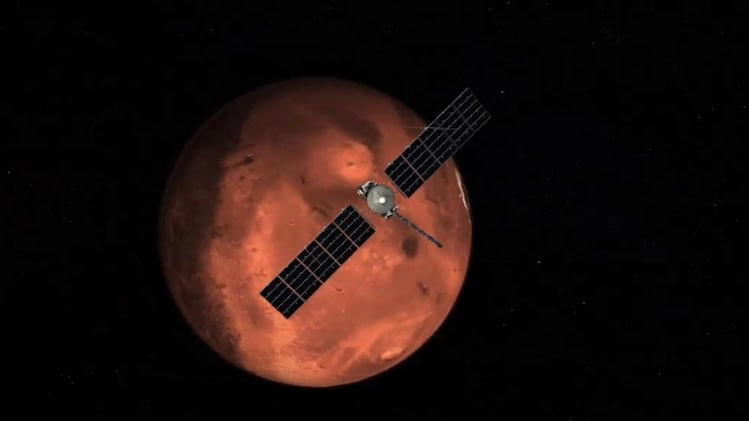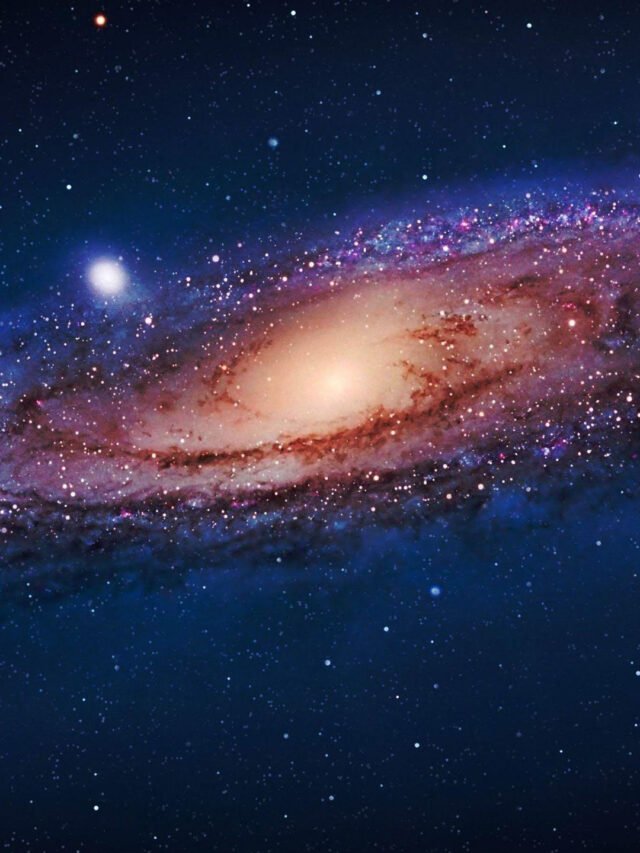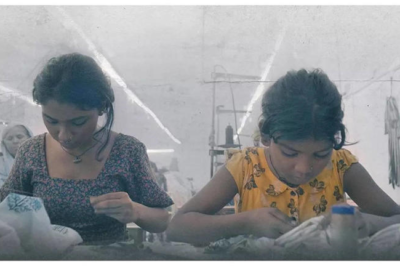
- IIT Madras researchers have created a unique concrete using sulphur instead of water, making it ideal for Mars’ dry environment.
- Their research also includes zero-gravity welding, 3D printing, and biomanufacturing for future space missions.
- A new Microgravity Drop Tower at IIT Madras helps scientists test materials for extraterrestrial construction.
How Will This Innovation Help Mars Colonization?
One of the biggest challenges of settling on Mars is building durable structures. Since water is scarce on the Red Planet, traditional concrete is not an option. To solve this problem, scientists at IIT Madras have developed a water-free concrete using sulphur, which is abundant on Mars. This breakthrough ensures astronauts can construct habitats without relying on Earth’s resources.
In addition, IIT Madras has built one of the world’s largest Microgravity Drop Towers, allowing researchers to test materials in zero gravity. This helps them develop advanced materials like metal foams, which can shield Martian structures from meteorite impacts.
Beyond Concrete – The Future of Space Manufacturing
The IIT Madras team, called Extraterrestrial Manufacturing (ExTeM), is also working on other technologies crucial for space colonization. These include:
- Zero-gravity welding: Essential for assembling space stations and Mars habitats.
- 3D printing & bioprinting: Can be used to create tools, spare parts, and even human organs in space.
- Next-gen optical fibers: Could improve deep-space communication.
Professor Sathyan Subbiah, who leads the research, believes these innovations will reduce reliance on Earth’s supply chains, making space missions more self-sufficient.
With advancements like these, the dream of colonizing Mars is getting closer to reality. IIT Madras’ contributions could play a key role in ensuring future astronauts not only reach Mars but thrive there!




































Leave a Reply